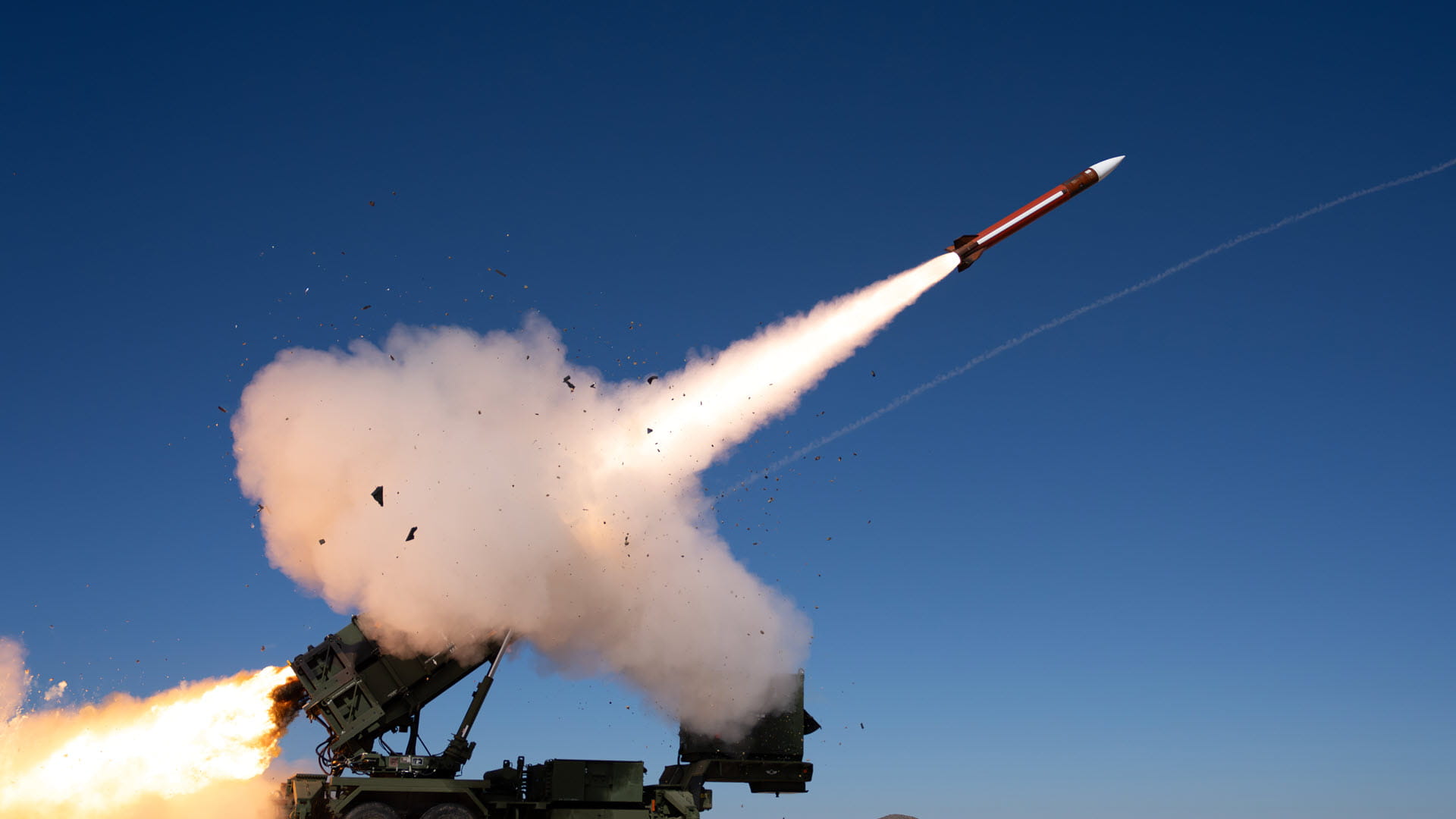The future of jamming
To defeat enemy radars, new electronic countermeasures are key
Fighter pilots play a high-stakes game of cat and mouse against enemy radars, one trying to outsmart the other in the electromagnetic spectrum. And Raytheon Intelligence & Space jamming systems can give pilots an advantage by degrading or defeating the ability of the enemy radars to acquire, track and target them and their allies.
“Radars are becoming more powerful and agile. And, by adding electronic protection, they can avoid being jammed,” said Bill Noble, engineering fellow at Raytheon Intelligence & Space, a Raytheon Technologies business. “To defeat these rapidly evolving threats, airborne electronic attack systems will need to be equipped with the right tools and an assortment of waveforms called techniques.”
Jammers radiate radio-frequency energy at a target, using the most effective technique available for the particular threat. Techniques can range from a pulse of energy that confuses the target to radiating high amounts of power that overwhelm a threat’s signal.
“The goal is to degrade the capability of a hostile force, putting a cloud of noise or signals around it, so it doesn’t know where our friendly forces are,” said Noble. “When preparing for a jamming mission, crews will assemble a set of techniques that can best tackle the things they expect to encounter.”
Creating new techniques for airborne electronic attack in the U.S. Navy is the responsibility of the Jammer Technique Optimization team, or JATO, which works under Naval Air Systems Command. As new threats are identified, JATO analyzes them and comes up with corresponding countermeasures. In addition to creating new techniques, JATO maintains a database of existing techniques, which are available to be used in the field.
“Think of JATO as the composers of a musical piece – the notes – while the jammer is the instrument that plays it back,” said Kevin Yang, systems engineer at RI&S. “Our goal is to provide the most modern equipment and capabilities – the instruments – that can effectively and reliably perform any jamming technique.”
Having a flexible design on future jamming systems, whether they are support jammers, jamming decoys or other types of system, will be key to matching and defeating emerging threats. Advances like open-system architectures will allow for quick upgrades to the system’s hardware and software.
“We also provide the capability to generate arbitrary waveforms, so any technique made by the user’s software can be transmitted by our system,” said Noble. “It brings a new level of flexibility and adaptability, so pilots can promptly respond to new threat behaviors.”
While technique development can sometimes be a months-long process, the airborne electronic attack community is moving toward a future where the process matches the speed at which threats evolve
“We are developing sophisticated test equipment where users can sit down and develop a technique from scratch or modify an existing techniques,” said Yang. “And in the future, pilots will even be able to load techniques dynamically during flight.”
The ability to deploy jamming techniques rapidly, coupled with advancements in jammer hardware and software, will help pilots and commanders with the ultimate goal of the airborne electronic attack mission – to degrade, deny and destroy threats to protect friendly forces.
“The job of an electronic attack crew is not to protect itself but to throw a cloak of protection over their friends,” said Noble. “And our job is to give them the tools they need to do this – today and tomorrow.”




